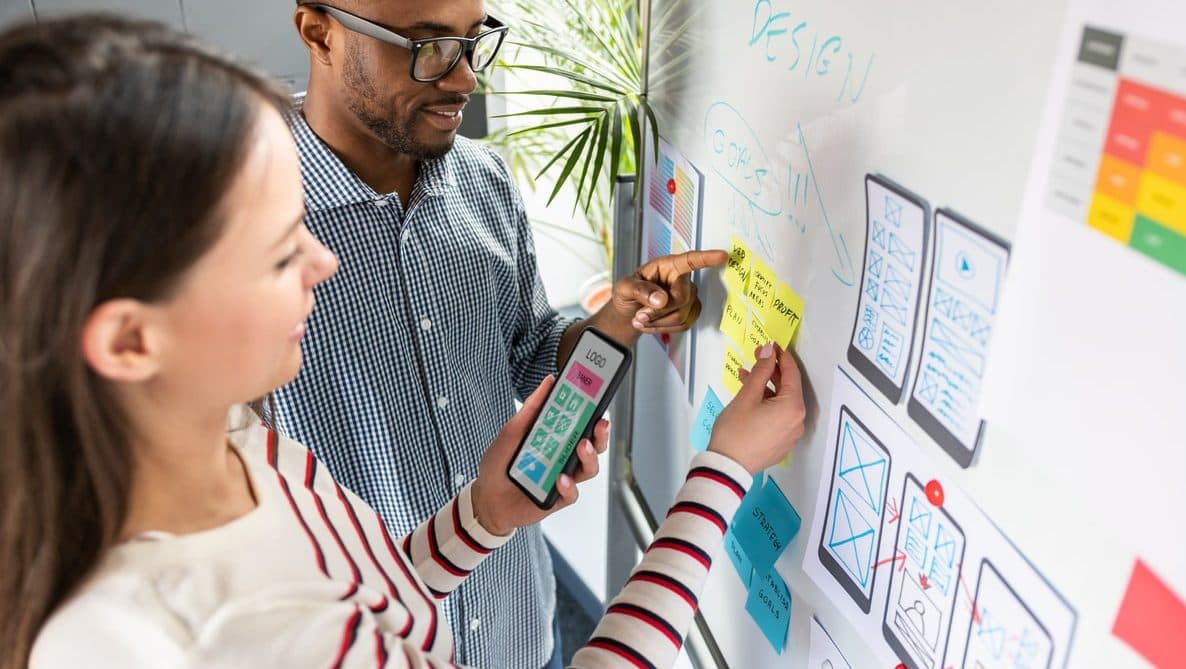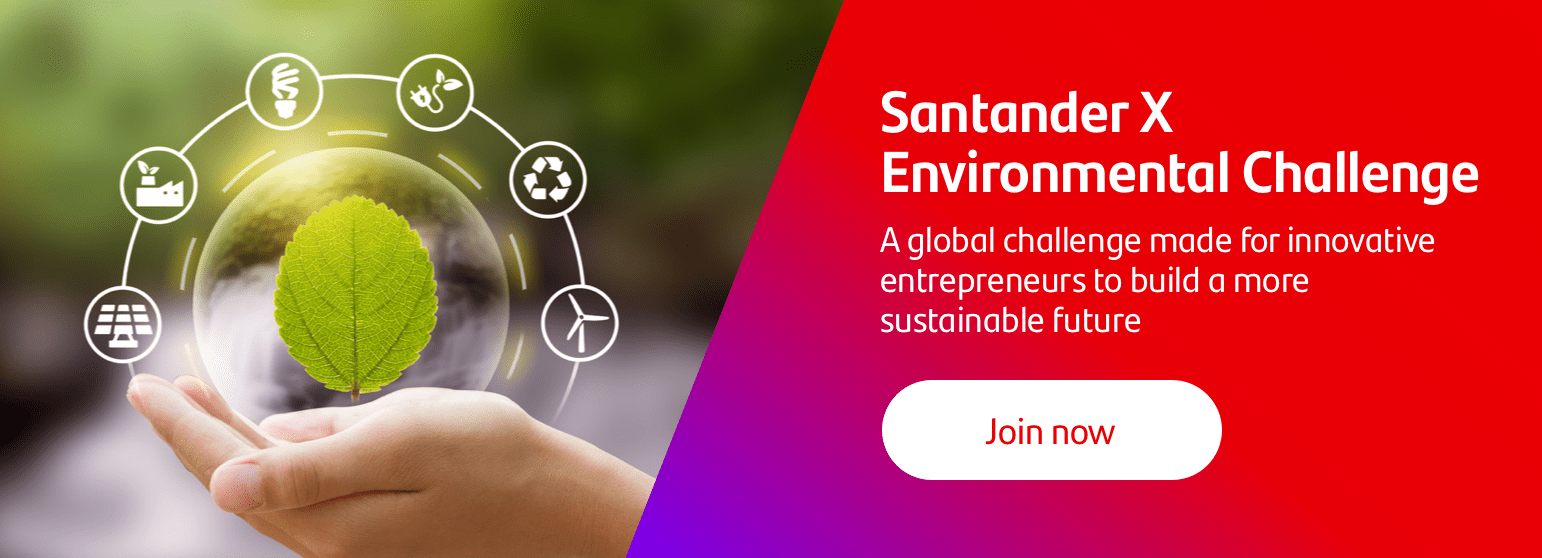Green transition: the road to sustainability
Tackling climate change is an increasingly urgent need. According to the latest report of the United Nations Intergovernmental Panel on Climate Change (IPCC), everything points to the fact that, by the year 2100, life as we know it will have changed radically because of rising global temperatures, rising sea levels and melting ice at the poles.
Avoiding this scenario is in everyone's hands and the first step towards achieving it is to change our production and consumption model to a more sustainable one that leads to a positive environmental impact. The set of measures to implement this change in economic model is known as the green transition.
The green transition refers to the period of time between now, when our way of life is unsustainable in the long term, and the time when our activity will not endanger the health of the planet. Today, we are at the beginning of this transition, with governments, organisations, companies and individuals taking action to reach the goal of sustainability as quickly as possible.
The Paris Agreement and the 2030 Agenda for Sustainable Development is among the initiatives that the UN, together with all member states, have launched to try to curb the effects of climate change. The main goal is to significantly reduce global greenhouse gas emissions and to limit the temperature increase to 1.5 °C.
To achieve this, both companies and governments, as well as individuals, must design solutions that mitigate the environmental footprint and promote the well-being of the planet. The good news is that these measures are already underway.
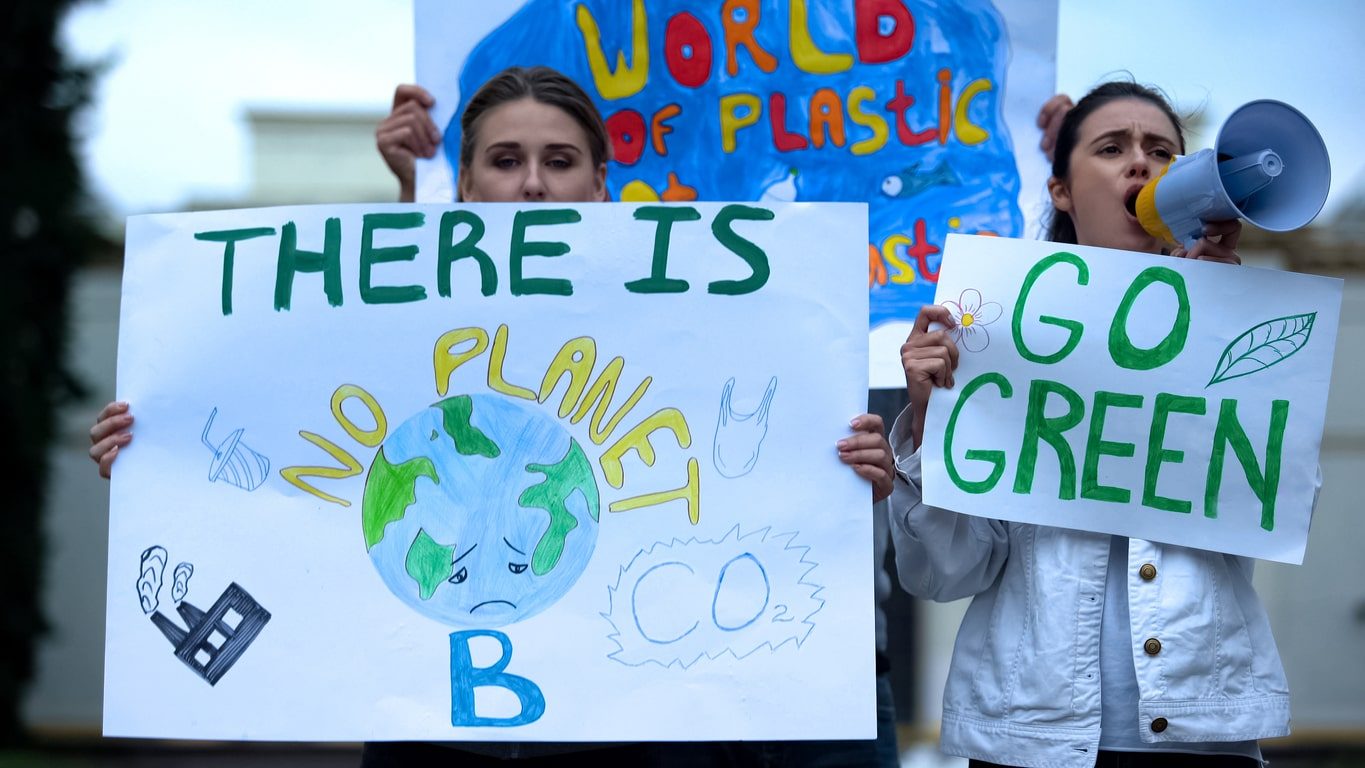
Is a low-carbon and sustainable economic model possible?
Moving towards an economy based on sustainability is the only way forward, and finding ways to make this possible is everyone's responsibility, but it is primarily governments and businesses that have the greatest ability to take action in driving these solutions forward.
Meeting the Sustainable Development Goals (SDGs) of the 2030 Agenda is the first step towards achieving this. The United Nations-led initiative was launched in 2015 as a follow-up to the previous phase, known as the Millennium Development Goals (MDGs). This manifesto sets out 17 goals and 169 targets that the 193 member states of the UN have pledged to achieve in order to end global inequality, improve the Earth’s health, and, ultimately, make our planet a better place for all living things.
Energy
Minimising the use of coal, oil, natural gas or any other form of fossil fuel is undoubtedly one of the most important points. In exchange, the use of renewable energies should be boosted: solar, wind, tidal, hydro, biomass, etc. In short, using clean energy and improving energy efficiency, as well as ensuring universal access to it.
Economy
Technological modernisation, innovation and diversification must be the basis of any business model. Governments and companies in all sectors should seek to link their economic growth to environmental protection and responsible consumption of natural resources. It is equally necessary to promote the circular economy and the reuse of available materials in order to minimise the use of such resources.
Infrastructures
Developing reliable, resilient, sustainable and high-quality infrastructures is essential for achieving an economic model based on environmental well-being. To this end, governments and banks must provide access to subsidies and affordable credit to enable small and medium-sized enterprises to upgrade their infrastructures to make them sustainable.
Research, development and innovation (R&D&I)
Investment in research, development and innovation (R&D&I) must be focused on building new sustainable solutions to make an economy based on protecting the planet and people, without disregarding economic profitability. Much of the hope for the success of the green transition rests on R&D&I, so boosting private and public investment in this area is essential.
Food
Ensuring the sustainability of food production and encouraging responsible food consumption is clearly vital. To achieve this, it is not only necessary to change our eating habits, but also to promote a change in agricultural and livestock production, as well as to increase investment in rural infrastructure and technological development.
Cities
The World Health Organisation (WHO) warns that 9 out of 10 people in the world breathe polluted air. Activities in cities account for 60% of global GDP, but also 70% of carbon emissions and 60% of use of polluting resources. Changing these numbers is a priority, but not an easy task. The solution lies in better population distribution, sustainable and inclusive urbanisation, implementing policies to mitigate the effects of climate change, reduce environmental impact per capita and safeguard natural heritage.
Production and consumption
Building a green future involves moving away from indiscriminate production and consumption towards sustainable production and consumption. Here are just a few of the many figures that need to be reversed:
- Nearly ⅓ of the world's annual food production ends up being wasted, according to a report by the Boston Consulting Group (BCG).
- The food industry consumes 30% of the world's total energy and, according to a study published in the journal Science, emits 22% of greenhouse gases.
- According to the United Nations (UN) report “Sustainable consumption and production policies” thousands of households still use incandescent light bulbs, whereas switching to energy-saving bulbs would save $120 billion a year.
- According to the same report, overuse of water leads to water scarcity and more than a billion people still do not have access to safe drinking water.
- 97.5% of the vehicles in circulation are fossil-fuelled.
Oceans
The oceans are also suffering from the consequences of human activity. The polluting waste that finds its way into our seas and oceans is seriously harming them. Protecting them is particularly important, as the seas and oceans absorb 30% of the CO2 we produce. A major goal for the future is to reduce marine pollution, care for coastal areas, protect biodiversity and restore the health of the oceans, as well as to stop destructive fishing activities.
Biodiversity
Our forests and the animals that live in them are dying. Preserving and restoring land ecosystems is vital for our planet. Ending deforestation, promoting sustainable management of the resources they provide and taking urgent action to protect all animal species are among the main objectives.
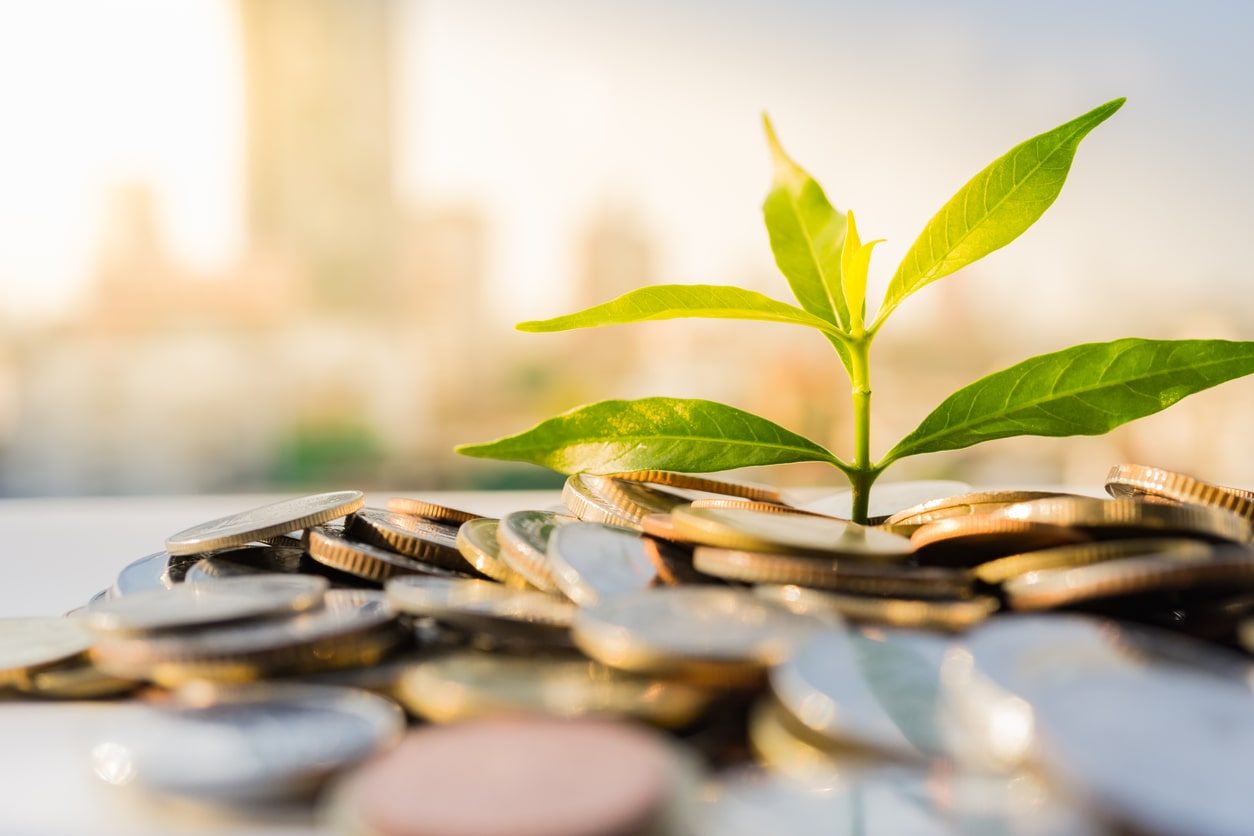
What initiatives are companies taking to make all this possible?
Companies around the world are already implementing a range of initiatives to meet the SDGs. Here are some encouraging examples:
- Kellogg’s: With the aim of strengthening food security in Mexico, the company, together with the Mexican government, is implementing the MasAgro programme for the sustainable modernisation of traditional agriculture. This programme aims to close the gap between domestic consumption and production of basic grains and to sustainably increase the productivity of wheat and maize.
- Bio-Pappel: This company is a great example of the path the economy of the future should follow. Bio-Pappel promotes responsible consumption of products which are 100% recyclable and recycled, and the maximum use of natural resources. It is a clear example of a circular economy.
- Adidas: One of the world's largest companies envisages that all of its clothing will be made from recycled plastic collected from coastal areas by 2024. The Adidas Parley project is well underway and many high-performance sportswear products are already available on the market thanks to technological innovation. It shows that a greener and more environmentally-friendly future is possible.
- Microsoft: The company led by entrepreneur and philanthropist Bill Gates has wind, solar, hydro, biomass and biogas facilities to provide green energy for its data centres. It leads Google and Apple in clean energy production, with the capacity to generate 2.5 billion kWh to power its entire US operations.
Green entrepreneurship - more examples of how the green transition is possible
Making the green transition a reality is everyone's responsibility, both personally and at work. It is true that governments and large companies must be the main driving force behind this change in the economic model, but small and medium-sized enterprises, as well as self-employed professionals, have a fundamental role to play.
A great example of this are the green business ventures of different sizes that are being carried out around the world, which show, once again, that building a sustainable economic model is not a utopia and that it is not necessary to have a large fortune to carry out green business models.
- The Ocean Cleanup: this non-profit organisation is developing advanced technologies to remove plastic from the oceans. The Ocean Cleanup is creating a passive clean-up method that harnesses natural ocean forces to cost-effectively and quickly clean up the plastic accumulated in the oceans. In October 2020, they launched their first product: sunglasses made from plastic collected from the Pacific Ocean.
- Rated Power: the startup run by Andrea Barber, Miguel Ángel Torrero and Juan Romero was one of the two winners of the Santander X Global Award, an international entrepreneurship competition. Its founders are responsible for the leading software for designing utility-scale photovoltaic plants, already present in more than 8,000 projects in more than 100 countries worldwide. Thanks to this software, designing and optimising large photovoltaic systems is much simpler and faster.
- Basq Company: His passion for surfing and fashion and his concern for the oceans led Aitor Álvarez to found this sustainable fashion business. After more than two years of research, he managed to turn marine waste into 100% recycled shoes. To further increase the life cycle of his shoes, he is working on the option that once the shoes reach the end of their useful life, consumers can resell them so that they can be reused to make the soles of new products.
- Recircular: Patricia Astrain created Recircular with the aim of introducing sustainability in industrial environments. Under the slogan “there’s no such thing as waste”, she has designed a platform that allows waste and excess materials to be given a new life, which helps to reduce both waste management costs and the cost of purchasing raw materials. It is still in the testing phase, but several companies are already taking advantage of the purchase/sale of raw materials through Recircular.
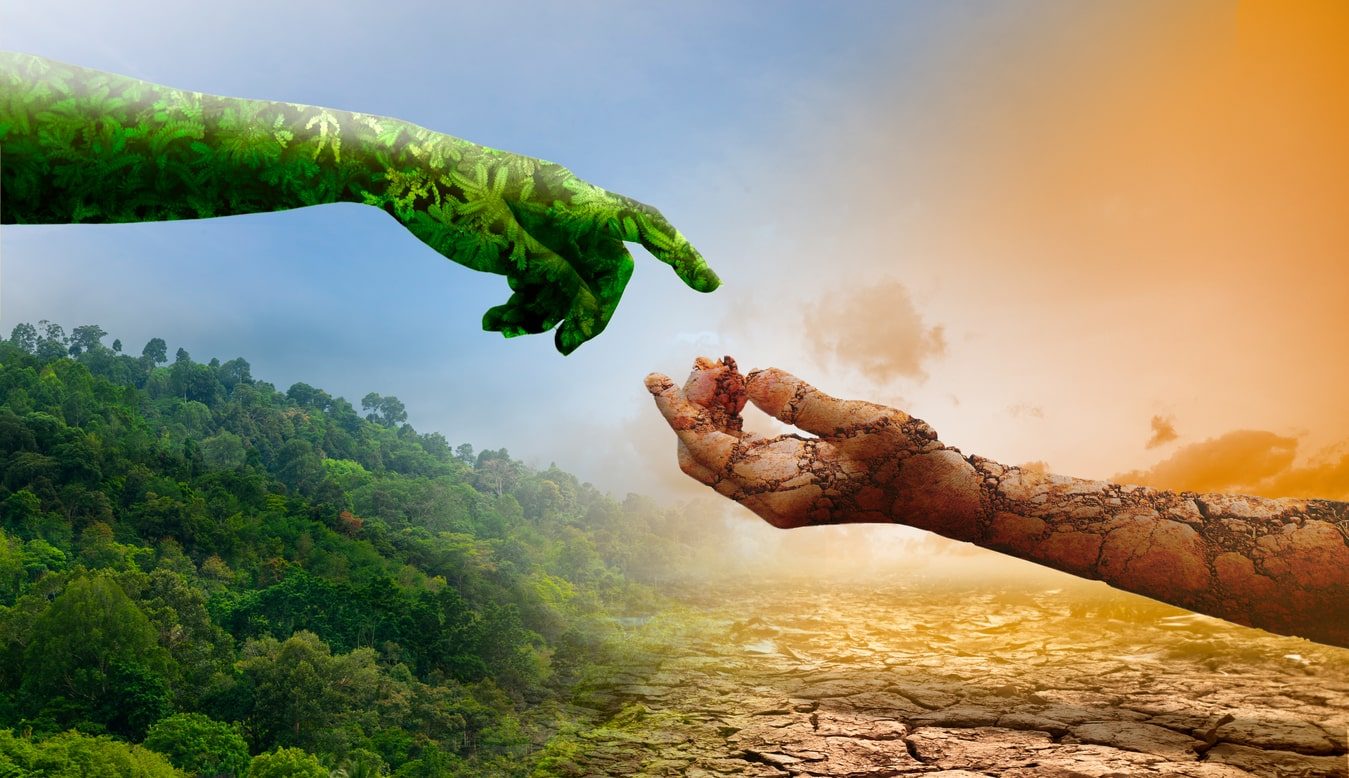
Green transition is possible and we help you achieve this goal
Developing a low-carbon and sustainable economic model is a fundamental goal for the future of the planet and it can be achieved through the development of innovative projects.
At Banco Santander, we are fully committed to this green economic transition. That is why we are launching the Santander X Environmental Challenge, a global challenge that rewards entrepreneurs with innovative ideas to build a more sustainable future.
Santander X Environmental Challenge is aimed at entrepreneurs who are developing solutions for a sustainable future and creating innovative proposals with the potential to make a positive impact on the environment. Companies joining this new challenge can sign up for one of the two categories available:
- Be Sustainable: for solutions to promote green finance and investment.
- Be Mindful: for solutions that help raise awareness of the importance of reducing the environmental footprint.
The six winners will each receive 20,000 euros, mentoring from a group of experts and publicity for the projects on the Santander Group's social media and official channels.
If you have a sustainable, innovative project that can be part of the green transition, Santander X Environmental Challenge is looking for entrepreneurs like you, who are committed to the future of our planet. Don't hesitate a second longer and sign up now.
More interesting posts to read...
-
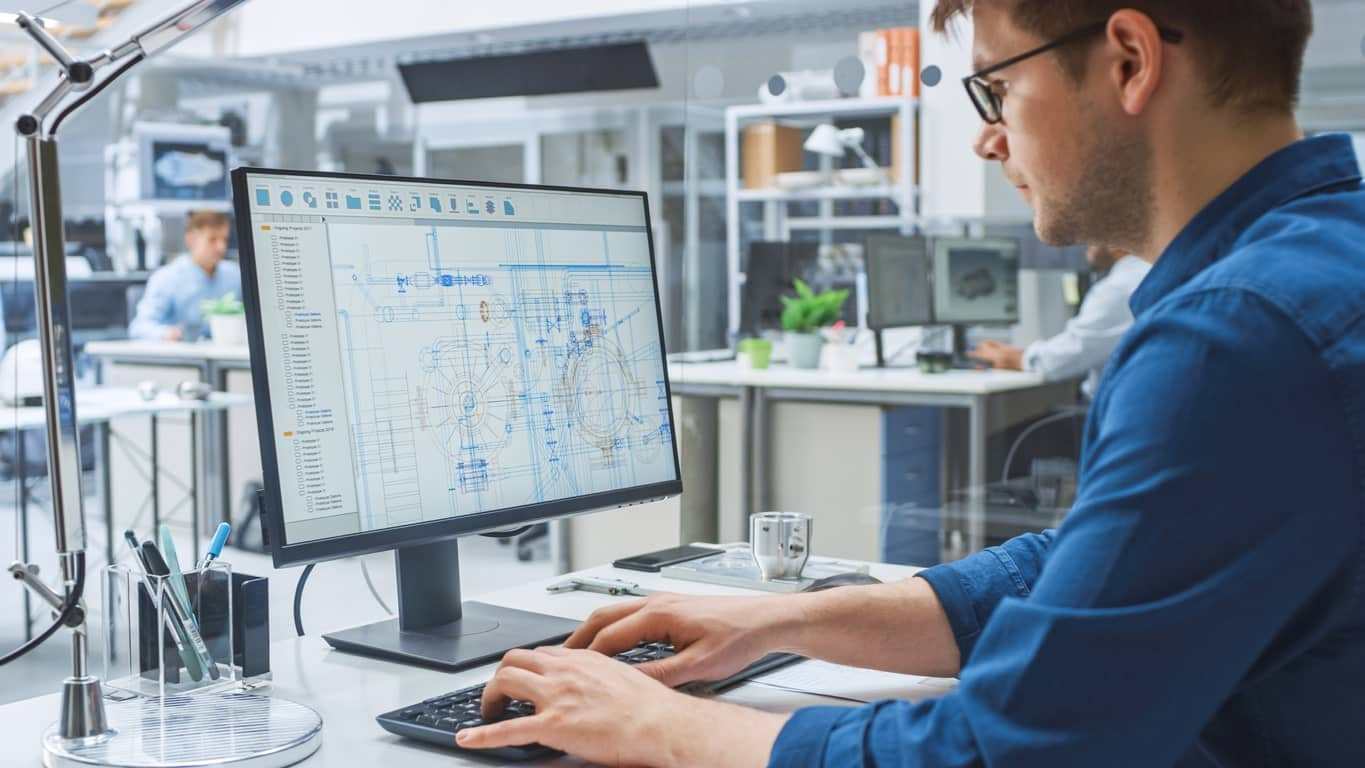 23/12/2025 | Santander X
23/12/2025 | Santander XStaying safe in a digital world: Cyber security tips for businesses
Card text -
